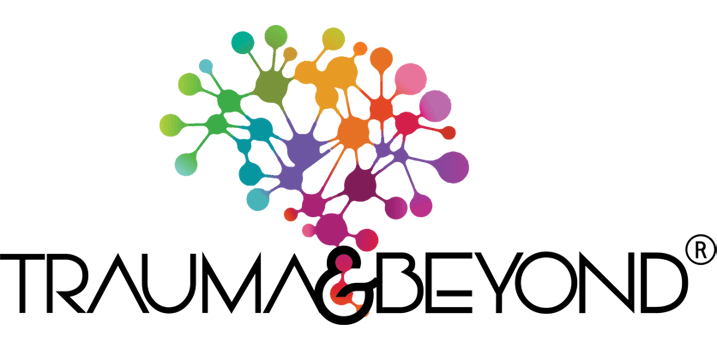Experiencing a car accident can leave you deeply disturbed. The safety you know may feel shaken and stepping into a car again may become an absolute no for you. More than likely, however, you need to get from point A to point B daily via a car ride. An effective way to feel at ease again is through the right trauma therapy in Los Angeles.
Right Trauma Therapy in Los Angeles: EMDR
Eye Movement Desensitization Reprocessing (EMDR) is a method of therapy that involves bilateral sensory input. It will attempt to create productive ways to process trauma and let out out the trauma stored in the body. It focuses on the past, present, and future. With EMDR, you will develop effective coping skills that you can use whenever past traumas resurface in the present so you can live a more present life.
Those who have a history of childhood trauma or multiple traumatic events that affect their lives will require several sessions. People who have healthy ways of coping and who have a secure attachment style will most likely only require one to a handful of sessions after a traumatic car accident. Let us become familiar with the aspects of EMDR.
Phases of EMDR
Once a therapist has determined you are a candidate for EMDR, they will implement an 8 phase treatment to work through the shock trauma.
Phase 1: History + Treatment Plan
A therapist will need to conduct an evaluation to gauge where you are in your healing journey. The evaluation will determine how deeply rooted the trauma is. They will know what coping mechanisms you currently use, how you react to distressing material, your ability to pinpoint the traumatic event, and current situations that influence emotional pain. From there, your therapist will be able to develop the most comprehensive treatment plan. For many, it will be necessary to explore childhood wounds along with the car accident trauma. Client’s will also need to build trust with the therapist and this can take varying amounts of time based on the relational capacities of the client.
Phase 2: Preparation
Self-healing techniques will be provided prior to the treatment. You will learn to use imagery, metaphors, self-awareness cues, and self-control tips so that you feel empowered to get through the session.
Phase 3: Assessment
At this point, the EMDR stimulation procedure begins. You will identify a visual image that you associate with the car accident as well as a negative self-belief statement such as “I am in danger”. When sharing your statement and visual, you will be asked what body sensations and emotions come up for you. To combat this statement, you will choose a positive affirmation such as “I am safe now”. The therapist will test to see how much you believe that statement and how the positive feels in your body. Afterward, you will be given the opportunity to let go of the image and statement and rather allow the mind to go blank, noticing what images and thoughts surface.

Phase 4: Desentization
Here you will focus on the negative emotions and sensations to associations and memories of the incident. Your therapist will have you repeat sets of eye movements, sounds, or taps until the negative reactions to the accident are resolved.
Phase 5: Installation
After reliving the painful memories, you will welcome your positive affirmation again with a sense of knowing you are now in control of your present situation. Installing positive cognition will help rewrite your self-limiting beliefs.
Phase 6: Body Scan
Once you pass a level of believing in your positive cognition, your therapist will bring up the traumatic event. You will be asked to describe the body sensations and emotions you experience. If there are still residual sensations, you will go through reprocessing until there is no longer any bodily tension.
Phase 7: Closure
Your therapist will end each session by offering tools for self-soothing outside of the sessions, should a reaction to the trauma occur, especially when getting back behind the wheel or in a vehicle. Some tools include journaling, calming techniques, and phrases used to establish boundaries in order to maintain control.
Phase 8: Reevaluation
Finally, your therapist will check in before each session to gauge your progress and make sure you are reaping positive benefits. To do so, you will rate your associations to the trauma and note if there are any strained body sensations. This will determine if more reprocessing and reevaluation will be necessary.
To find out if EMDR is right for you, call us at Trauma and Beyond ® at (818) 651-0725.

